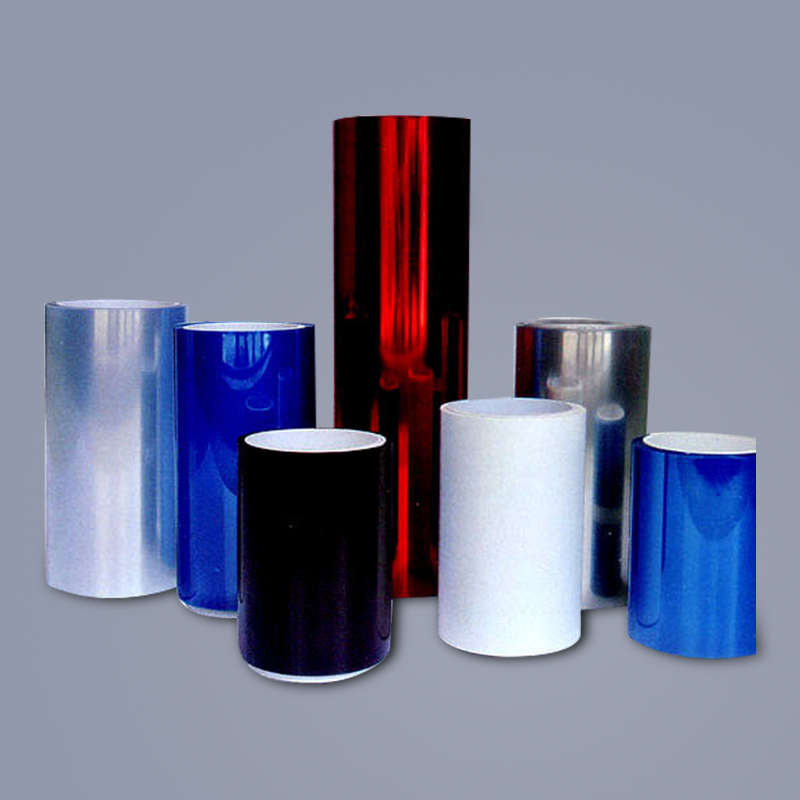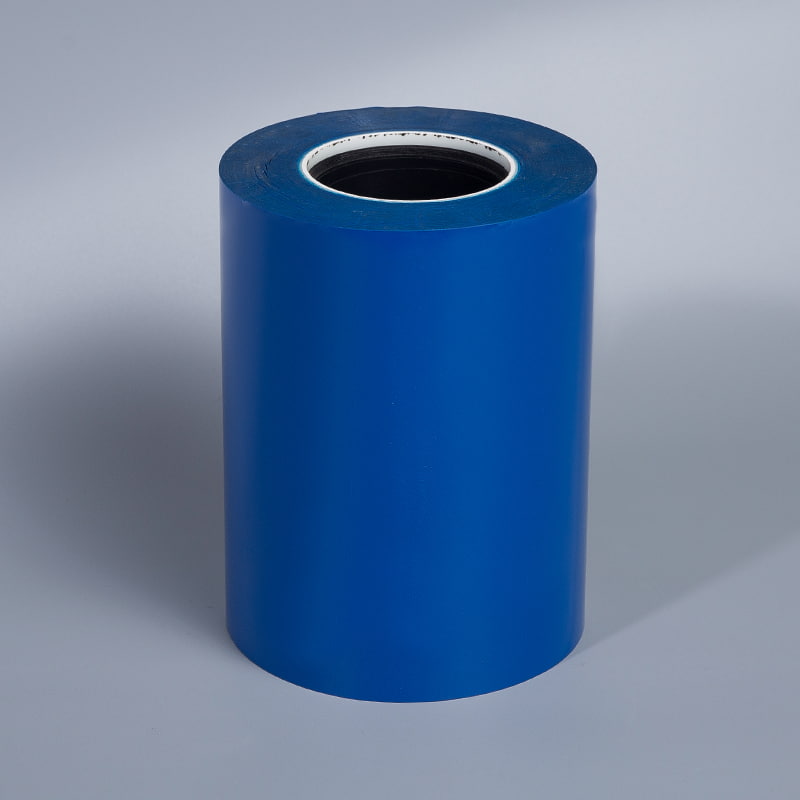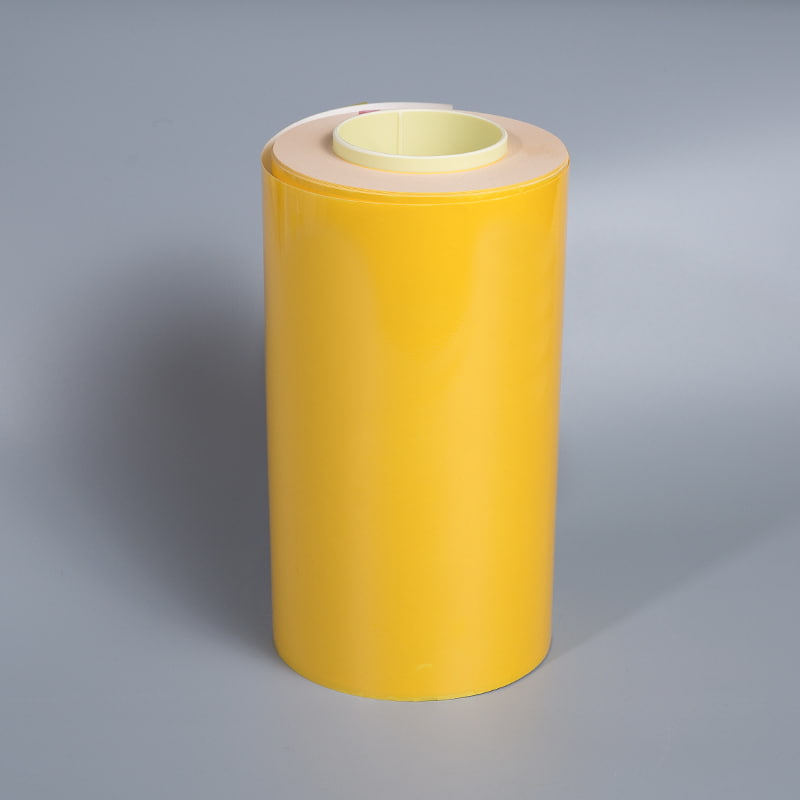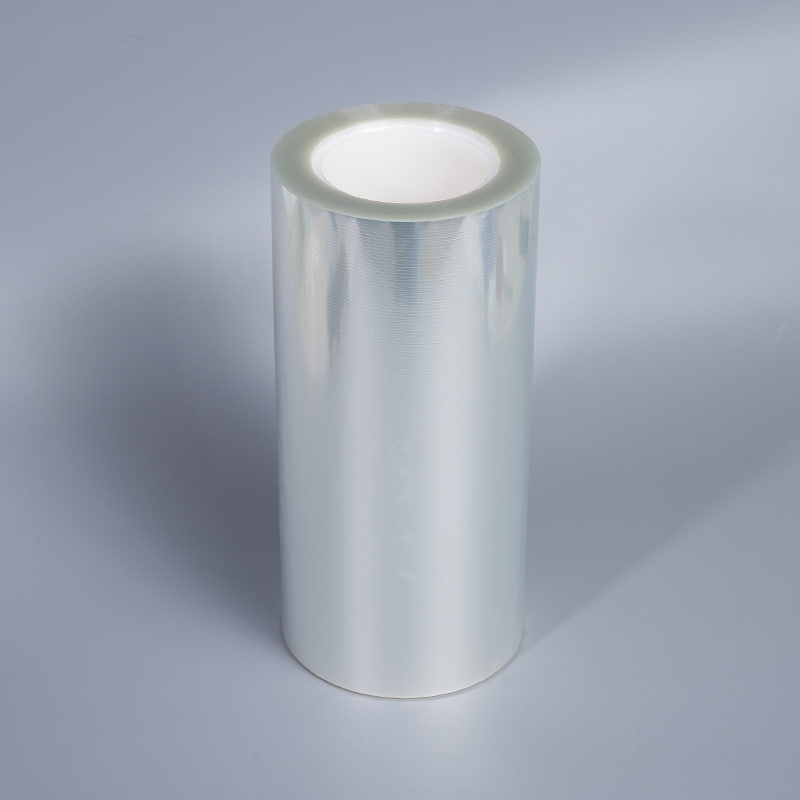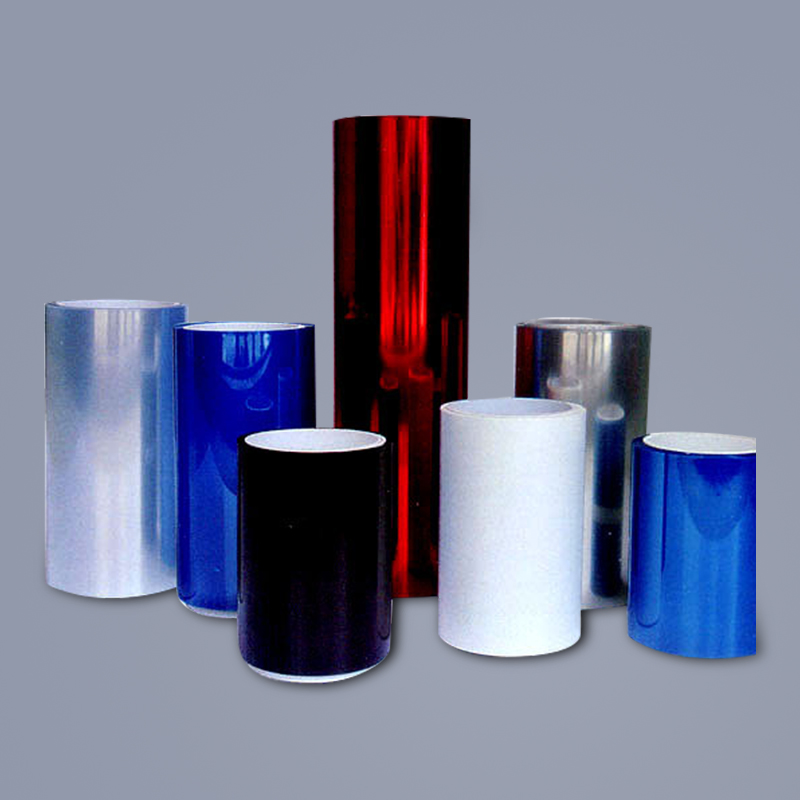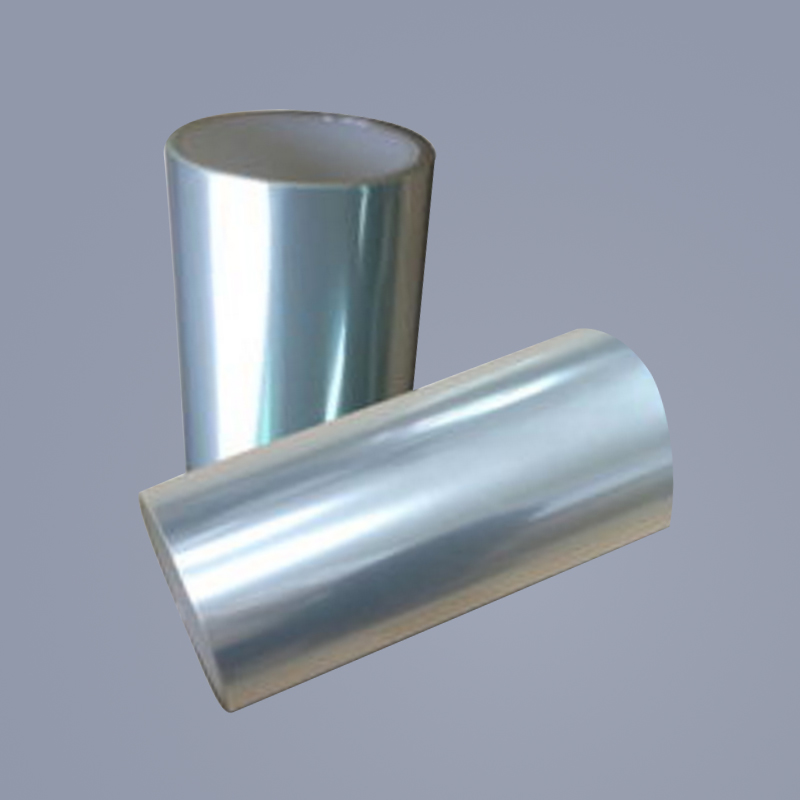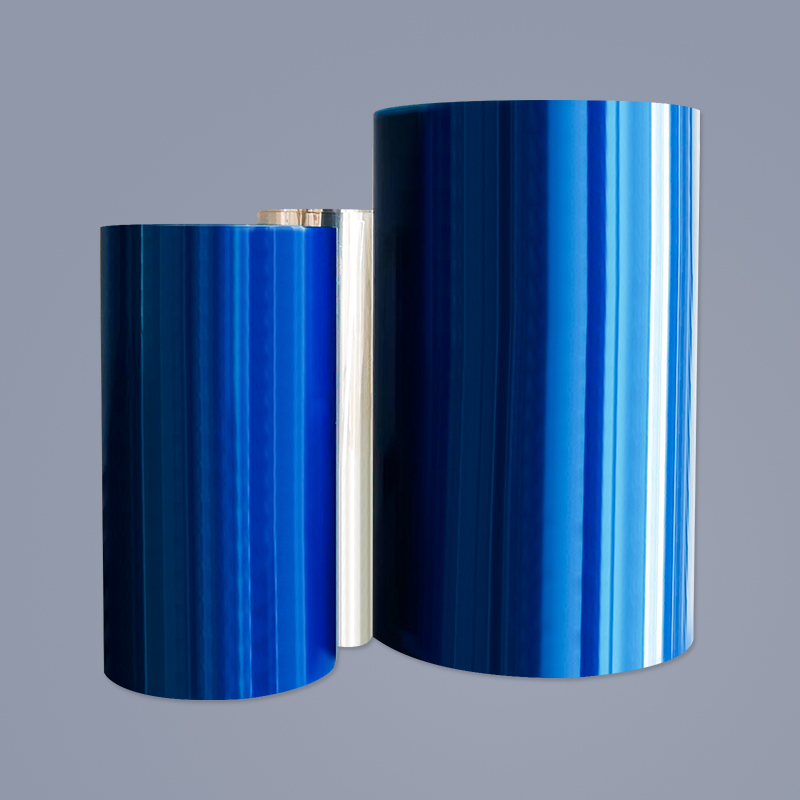- 1 Understanding PET Release Printed Films and Their Industrial Significance
- 2 Benefits of Using Printed PET Release Liners in Packaging
- 3 Custom PET Release Film Printing Options for Diverse Applications
- 4 PET Film Release Layer Technology and Material Science
- 5 Environmentally Friendly PET Release Films and Sustainability
Understanding PET Release Printed Films and Their Industrial Significance
PET release printed films have become essential components in various industries due to their versatility and performance characteristics. These films combine the durability of polyethylene terephthalate (PET) with specialized release coatings, enabling efficient processing in labeling, packaging, and manufacturing applications. The growing demand for high-performance materials has positioned PET release printed films as a preferred choice for businesses seeking reliable solutions.
1.1 What Makes PET Release Films Unique?
The fundamental advantage of PET release films lies in their engineered composition. Unlike standard plastic films, these materials feature a precisely calibrated release layer that allows for clean separation from adhesives. This characteristic proves particularly valuable in pressure-sensitive label applications where controlled release properties determine operational efficiency. Compared to traditional materials like PVC or polypropylene, PET offers superior dimensional stability and temperature resistance.
1.2 Key Industries Utilizing These Advanced Films
Several sectors benefit from the implementation of PET release printed films. The graphic arts industry relies on them for high-quality printed decals and overlays, while the electronics sector uses them for component protection during manufacturing. Medical device manufacturers value these films for sterile packaging solutions, and the automotive industry employs them for durable labeling systems.
Benefits of Using Printed PET Release Liners in Packaging
The packaging industry has witnessed significant improvements through the adoption of printed PET release liners. These specialized materials offer advantages that extend beyond basic protection, delivering functional benefits throughout the supply chain.
2.1 Enhanced Product Protection and Presentation
PET release films with printed surfaces provide dual functionality - they protect sensitive adhesives while simultaneously conveying brand information. The printing capability allows for high-resolution graphics, barcodes, and instructional text directly on the release surface. This eliminates the need for additional labeling layers in many applications, reducing material usage and cost.
2.2 Operational Efficiency in Manufacturing
The consistent release characteristics of these films translate to smoother production line performance. Manufacturers experience fewer jams in label application equipment and reduced downtime for cleaning adhesive buildup. When comparing PET release liners to alternative materials, the difference in processing efficiency becomes evident:
| Performance Metric | PET Release Liners | Traditional Paper Liners |
|---|---|---|
| Machine Speed Compatibility | High (up to 1000 ft/min) | Moderate (up to 600 ft/min) |
| Moisture Resistance | Excellent | Poor |
| Dimensional Stability | ±0.1% | ±0.5% |
Custom PET Release Film Printing Options for Diverse Applications
The ability to customize PET release films through advanced printing techniques has expanded their utility across multiple market segments. Custom PET release film printing options now enable businesses to address specific operational requirements while maintaining material performance.
3.1 Available Printing Technologies
Various printing methods can be employed on PET release films, each offering distinct advantages. Flexographic printing provides cost-effective solutions for large production runs, while digital printing enables short-run customization without sacrificing quality. Screen printing remains popular for specialized applications requiring exceptional opacity or unique ink effects.
3.2 Design Considerations for Optimal Performance
When creating printed PET release films, several factors influence the final product's effectiveness. Ink selection must account for potential interaction with the release coating, and graphic elements should be positioned to avoid interference with functional areas. The table below illustrates how different design approaches affect film performance:
| Design Element | Recommended Specification | Potential Issues if Ignored |
|---|---|---|
| Ink Coverage | Maximum 70% area coverage | Reduced release performance |
| Registration Tolerance | ±0.15mm | Functional area interference |
| Drying Parameters | As per ink manufacturer | Adhesive contamination |
PET Film Release Layer Technology and Material Science
The performance of PET film release layer technology stems from sophisticated material engineering. Understanding these technical aspects helps manufacturers select the optimal film for their specific requirements.
4.1 Composition of Advanced Release Layers
Modern PET release films incorporate multiple functional layers, each serving a specific purpose. The base PET substrate provides mechanical strength, while primer layers enhance coating adhesion. The critical release layer typically consists of silicone or specialty polymer formulations that determine the release characteristics. Backside treatments often provide additional processing benefits.
4.2 Measuring and Specifying Release Properties
Release performance is quantified through standardized testing methods that measure peel force under controlled conditions. The industry recognizes several release levels, from ultra-low (10-15g/25mm) to high release (100+g/25mm). Selection depends on the adhesive system and application requirements, with tighter tolerances required for automated processing applications.
Environmentally Friendly PET Release Films and Sustainability
The development of environmentally friendly PET release films addresses growing ecological concerns while maintaining performance standards. These innovations represent significant progress in sustainable material solutions.
5.1 Recyclable and Bio-based Material Options
New generation PET release films incorporate recycled content without compromising performance characteristics. Some manufacturers now offer films with up to 30% post-consumer recycled PET content. Emerging bio-based release coatings derived from plant sources show promise for further reducing environmental impact.
5.2 Lifecycle Analysis and Waste Reduction
Compared to traditional release liner systems, advanced PET films contribute to waste reduction through multiple mechanisms. Their durability allows for downgauging (reducing material thickness without sacrificing performance), and their compatibility with existing recycling streams improves end-of-life processing. The environmental benefits become clear when examining the complete lifecycle:
| Environmental Factor | PET Release Films | Conventional Alternatives |
|---|---|---|
| Energy Consumption (MJ/kg) | 85 | 110 |
| Recyclability | Fully recyclable | Limited options |
| Landfill Reduction Potential | 40-60% | 0-15% |


